Home>Technology>Security & Surveillance>How To Lock A Latch Door
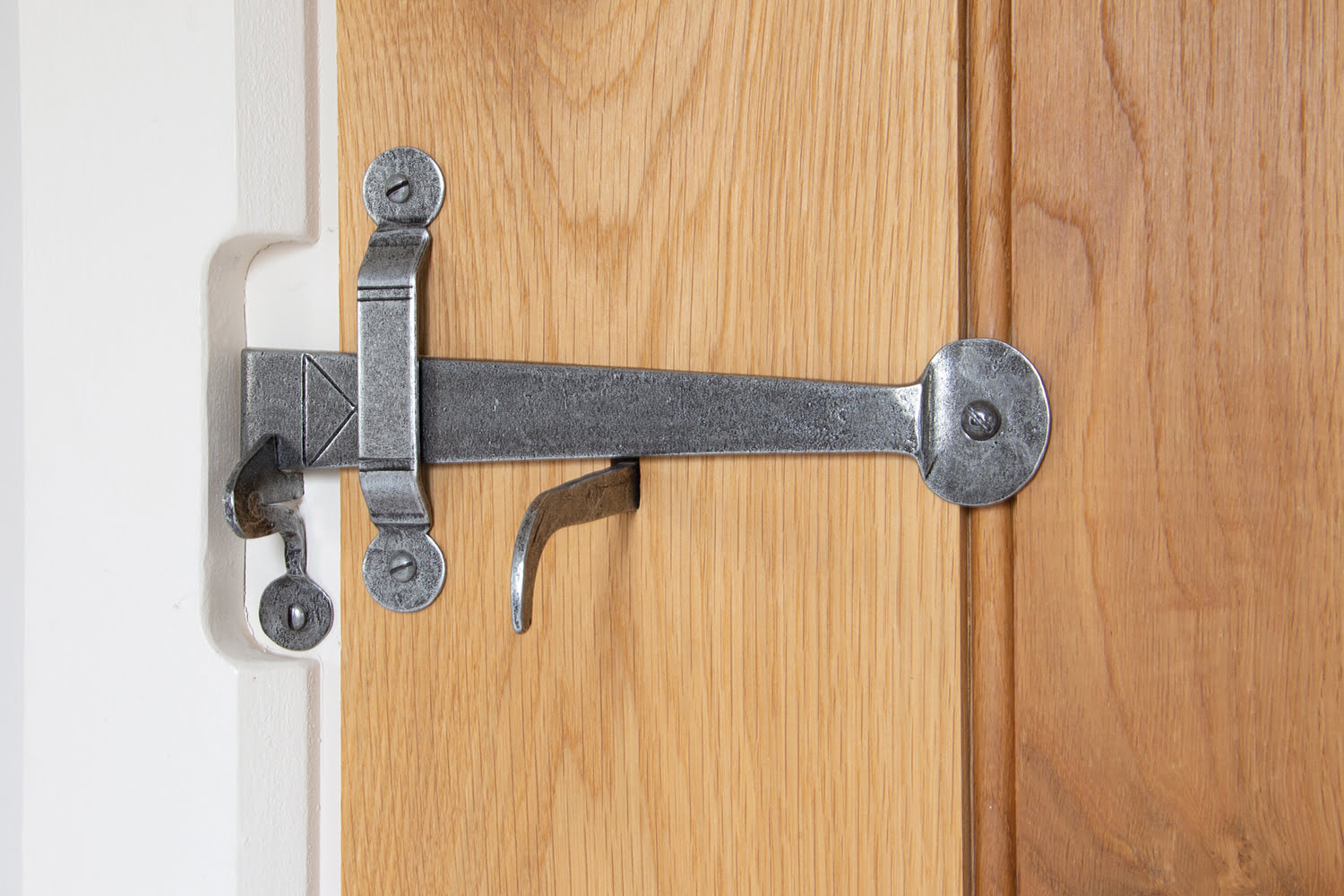

Security & Surveillance
How To Lock A Latch Door
Published: December 27, 2023
Learn how to secure your home with our guide on how to lock a latch door. Enhance your security and surveillance measures with our expert tips.
(Many of the links in this article redirect to a specific reviewed product. Your purchase of these products through affiliate links helps to generate commission for Storables.com, at no extra cost. Learn more)
Introduction
Welcome to the definitive guide on how to lock a latch door. Whether you're a homeowner, a renter, or a business owner, knowing how to properly secure a latch door is essential for maintaining the safety and security of your property. In this comprehensive article, we will delve into the intricacies of latch doors, explore the tools and materials needed for the task, and provide a step-by-step guide to effectively lock a latch door. Additionally, we will offer valuable tips and considerations to ensure that your door remains secure at all times.
Understanding the mechanisms and techniques involved in locking a latch door is not only practical but also empowers you to take charge of your security. So, let's embark on this enlightening journey to master the art of securing latch doors effectively. Whether you're a seasoned DIY enthusiast or a novice looking to expand your home maintenance skills, this guide will equip you with the knowledge and confidence to tackle this essential aspect of door security. Let's get started!
Key Takeaways:
- Locking a latch door involves understanding its components, using the right tools, and reinforcing security. It’s more than just locking – it’s about creating a safe environment for your home or business.
- In addition to locking a latch door, consider adding peepholes, security lighting, and surveillance cameras for enhanced security. Proactive measures and vigilance contribute to a robust security posture.
Read also: 15 Unbelievable Dryer Door Latch For 2025
Understanding the Latch Door
Before delving into the process of locking a latch door, it’s crucial to understand the fundamental mechanisms at play. A latch door, also known as a latch bolt, is a type of locking mechanism commonly found in residential and commercial properties. Unlike deadbolts, which require manual locking and unlocking, latch doors are designed to automatically latch when the door is closed. This feature provides a convenient way to secure a door without the need for a key or additional effort.
The primary components of a latch door include the latch bolt, strike plate, and doorknob or lever. The latch bolt is a spring-loaded mechanism that protrudes from the edge of the door and engages with the strike plate on the door frame when the door is closed. This action effectively prevents the door from opening without turning the knob or lever to retract the latch bolt. The strike plate, mounted on the door frame, provides a secure anchoring point for the latch bolt, enhancing the door’s resistance to forced entry.
Understanding the anatomy and functionality of a latch door is essential for effectively securing it. By gaining insight into how the components interact and the role they play in preventing unauthorized access, you’ll be better equipped to implement the appropriate locking techniques and reinforce the door’s security features.
Moreover, different types of latch doors may have unique features or variations in their mechanisms, such as privacy latches for interior doors and entry latches for exterior doors. Familiarizing yourself with the specific type of latch door you are dealing with will enable you to tailor your security measures accordingly.
Now that we’ve established a foundational understanding of latch doors, it’s time to explore the tools and materials needed to effectively lock these doors with confidence.
Tools and Materials Needed
Equipping yourself with the right tools and materials is essential for successfully locking a latch door. Before embarking on this task, gather the following items to ensure a smooth and efficient process:
- Screwdriver: A reliable screwdriver, compatible with the screws used in your door hardware, is indispensable for accessing and adjusting the latch mechanism.
- Door Reinforcement Kit: Consider investing in a door reinforcement kit, which typically includes a reinforced strike plate and hinge screws. This kit enhances the structural integrity of the door and provides added resistance against forced entry attempts.
- Security Strike Plate: An upgraded security strike plate, designed to withstand considerable force, can significantly enhance the door’s resistance to forced entry and tampering.
- Optional: Electronic Locking System: For advanced security measures, you may opt for an electronic locking system, such as a keypad or smart lock, to supplement the existing latch door mechanism.
Additionally, it’s important to assess the condition of the existing door hardware, including the latch bolt, strike plate, and screws. If any components show signs of wear or damage, consider replacing them with high-quality, durable alternatives to ensure the door’s security remains uncompromised.
By assembling the necessary tools and materials, you’ll be well-prepared to address the specific requirements of your latch door and implement effective locking strategies. With these essentials at your disposal, you can proceed with confidence as we delve into the step-by-step process of locking a latch door.
Make sure the latch is fully engaged by turning the doorknob after closing the door. If the latch doesn’t catch, adjust the strike plate or tighten the screws.
Steps to Lock a Latch Door
Locking a latch door effectively involves a systematic approach to reinforce its security features. Follow these step-by-step instructions to secure your latch door with precision and confidence:
- Assess the Existing Hardware: Begin by assessing the condition of the latch bolt, strike plate, and screws. Ensure that all components are in good working order and free from damage or wear that could compromise their functionality.
- Inspect the Door Alignment: Check the alignment of the door and the strike plate to verify that the latch bolt aligns properly with the plate when the door is closed. Misaligned components can hinder the door’s ability to secure effectively.
- Adjust the Strike Plate: If the alignment is off, use a screwdriver to loosen the screws securing the strike plate. Reposition the plate as needed to align it with the latch bolt, then tighten the screws to secure it in place.
- Reinforce the Strike Plate: Consider reinforcing the strike plate with a door reinforcement kit, which typically includes longer screws and a sturdier plate. This upgrade enhances the door’s resistance to forced entry attempts.
- Test the Latch Mechanism: Close the door and test the latch mechanism to ensure that the latch bolt extends fully and securely engages with the strike plate. Verify that the door latches smoothly without resistance.
- Upgrade to an Electronic Lock (Optional): For advanced security, consider installing an electronic locking system, such as a keypad or smart lock, to complement the existing latch door mechanism. Follow the manufacturer’s instructions for installation and programming.
- Secure Additional Entry Points: In addition to locking the latch door, secure any additional entry points, such as windows or sliding doors, to fortify the overall security of your property.
By following these steps, you can effectively lock a latch door and fortify its security features to deter unauthorized access and enhance the safety of your property. Additionally, incorporating advanced security measures, such as electronic locks, can provide added peace of mind and convenience for accessing your secured spaces.
Now that we’ve covered the essential steps to lock a latch door, let’s explore additional tips and considerations to further optimize your door’s security.
Additional Tips and Considerations
Enhancing the security of a latch door involves a holistic approach that goes beyond the basic locking mechanism. Consider the following tips and considerations to further optimize the security of your latch door and bolster the overall protection of your property:
- Install a Peephole or Door Viewer: Adding a peephole or door viewer allows you to visually confirm the identity of individuals outside before opening the door, enhancing your security and peace of mind.
- Implement Security Lighting: Illuminate the entryway and surrounding areas with motion-activated or programmable security lighting to deter potential intruders and improve visibility during nighttime hours.
- Utilize Security Cameras: Installing security cameras near entry points provides a visual record of activities and enhances surveillance capabilities, serving as a deterrent and valuable tool for monitoring your property.
- Reinforce Glass Panels: If your latch door features glass panels, consider reinforcing them with shatter-resistant film or upgrading to impact-resistant glass to mitigate vulnerabilities and enhance security.
- Practice Vigilant Access Control: Exercise caution when granting access to individuals, and consider implementing a policy of verifying the identity of service providers or unfamiliar visitors before allowing entry.
- Maintain Regular Maintenance: Routinely inspect and maintain the door hardware, including the latch mechanism, hinges, and locks, to address any issues promptly and ensure optimal functionality.
- Seek Professional Security Assessments: Consider engaging security professionals to conduct assessments and provide recommendations for improving the overall security of your property, including latch door reinforcement and additional security measures.
By incorporating these tips and considerations into your security strategy, you can elevate the protection of your latch door and establish a comprehensive security framework for your property. Proactive measures, strategic enhancements, and a vigilant mindset contribute to a robust security posture that safeguards your home or business effectively.
With these insights in mind, you are well-equipped to fortify your latch door’s security and create a safe and secure environment for yourself and those entrusted to your care. Let’s conclude our exploration with a brief recap of the key points covered in this guide.
Conclusion
Congratulations on delving into the intricacies of locking a latch door and fortifying the security of your property. By gaining a comprehensive understanding of latch doors, equipping yourself with the necessary tools and materials, and following the step-by-step process outlined in this guide, you have empowered yourself to enhance the safety and protection of your living or working space.
Remember, the security of a latch door extends beyond the mechanical components; it encompasses a proactive mindset, strategic enhancements, and a commitment to vigilance. By implementing additional security measures, such as peepholes, security lighting, and surveillance cameras, you can create a comprehensive security framework that deters unauthorized access and fosters peace of mind.
As you continue to prioritize security and safety, consider seeking professional assessments and staying informed about advancements in security technology and best practices. Regular maintenance and proactive security measures will contribute to a resilient security posture that safeguards your property and those within it.
With the knowledge and insights gained from this guide, you are well-prepared to navigate the realm of latch door security with confidence and expertise. Whether you’re securing your home, office, or rental property, the principles and techniques outlined here serve as valuable tools for safeguarding your space effectively.
Thank you for embarking on this enlightening journey to master the art of securing latch doors. May your newfound knowledge empower you to create a safe and secure environment that offers peace of mind and protection for you and your loved ones.
Frequently Asked Questions about How To Lock A Latch Door
Was this page helpful?
At Storables.com, we guarantee accurate and reliable information. Our content, validated by Expert Board Contributors, is crafted following stringent Editorial Policies. We're committed to providing you with well-researched, expert-backed insights for all your informational needs.
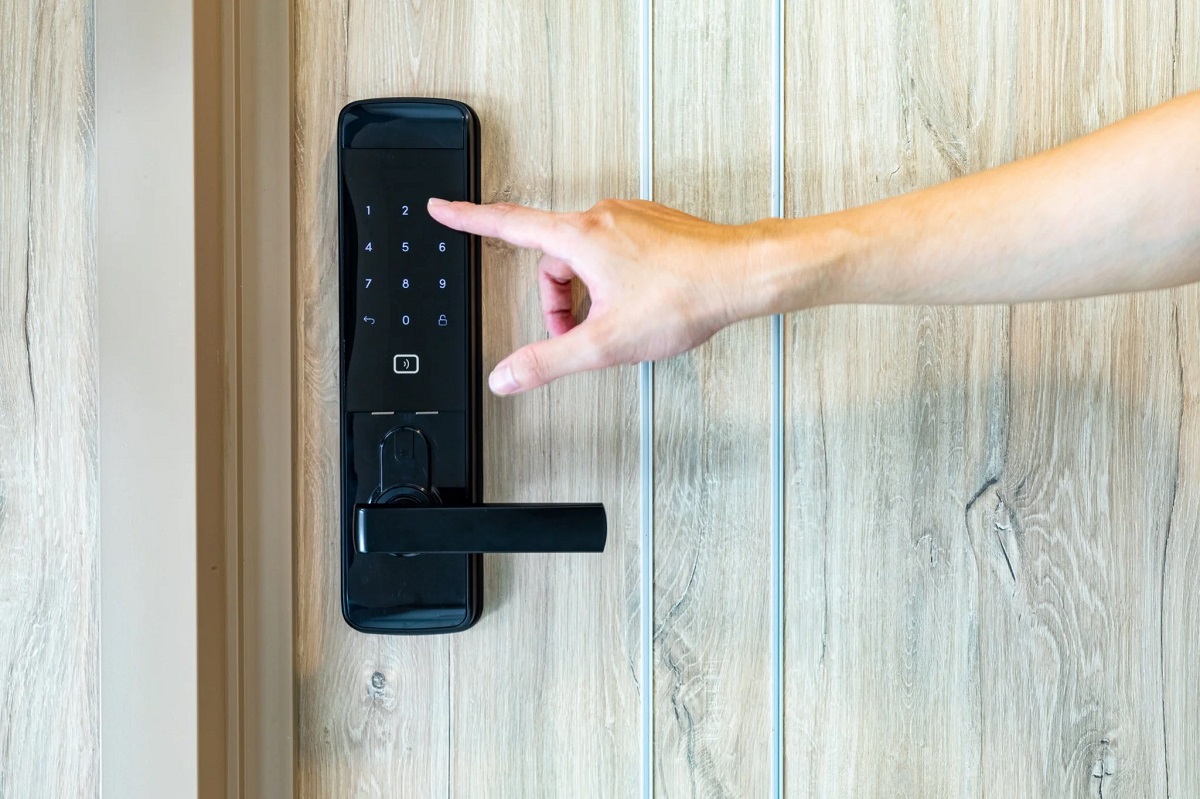

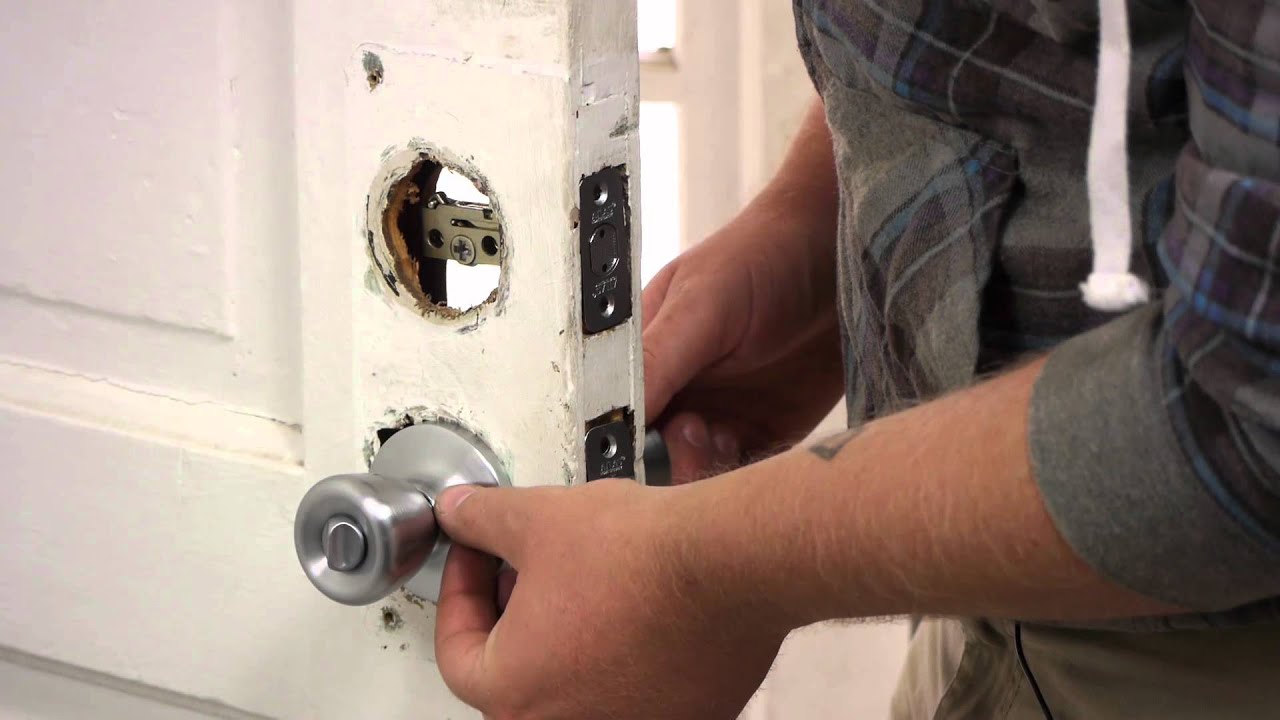
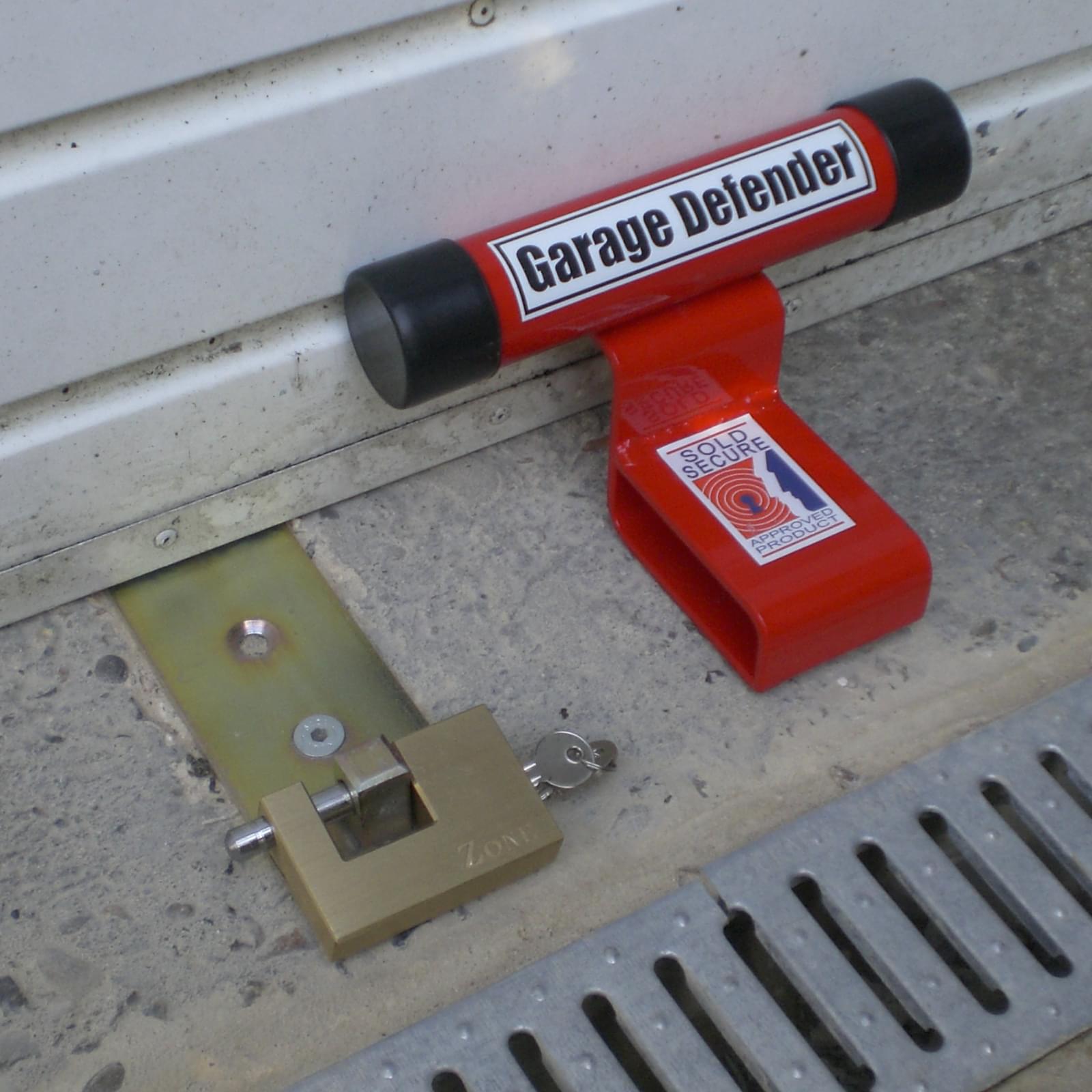
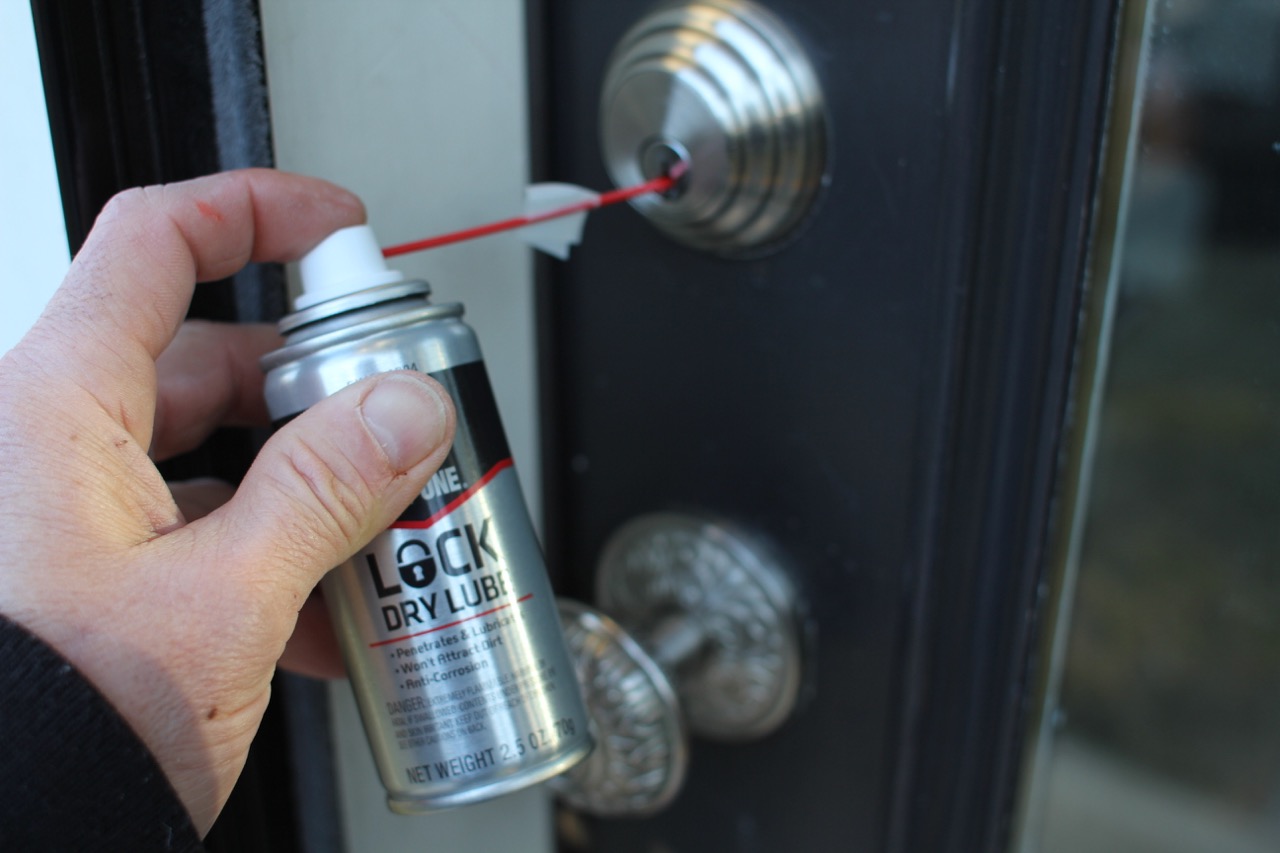
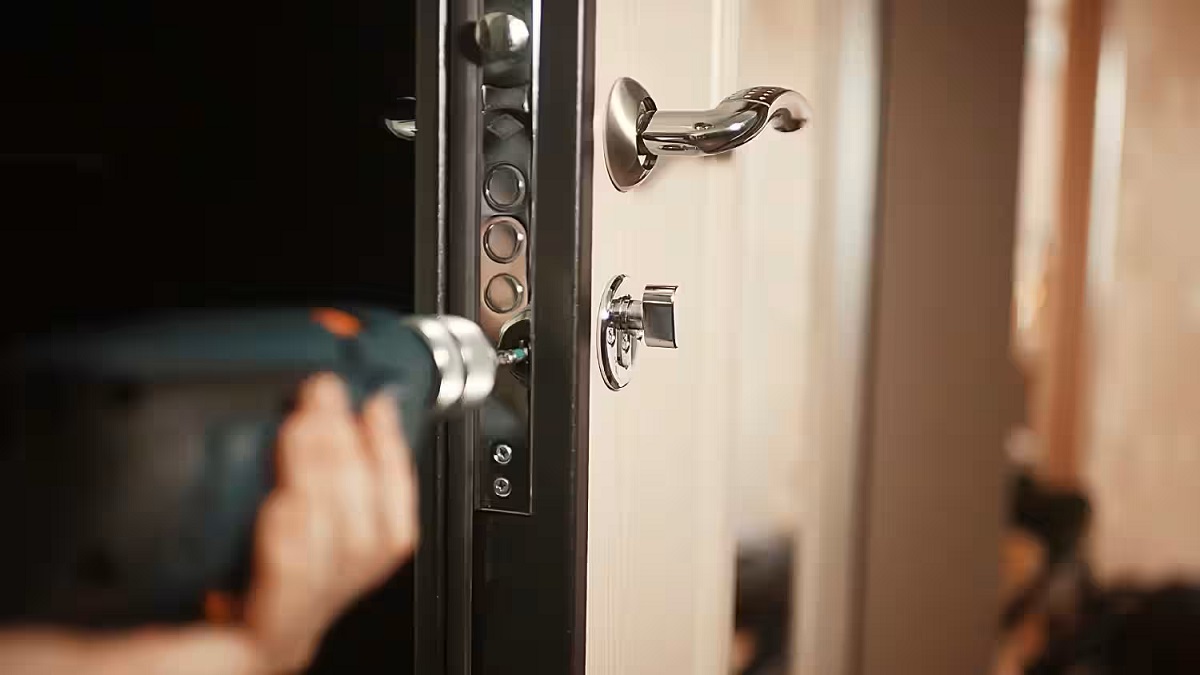
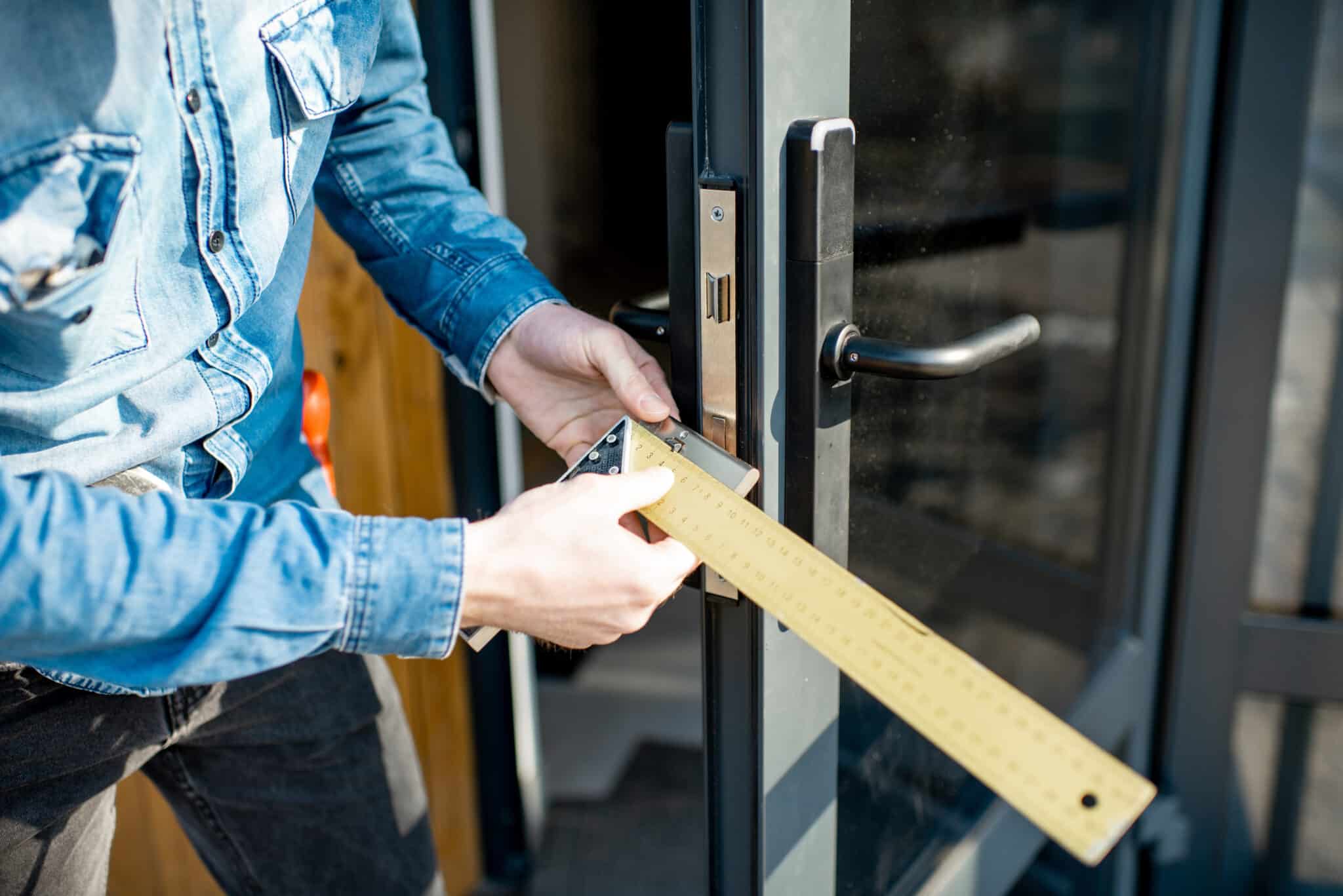
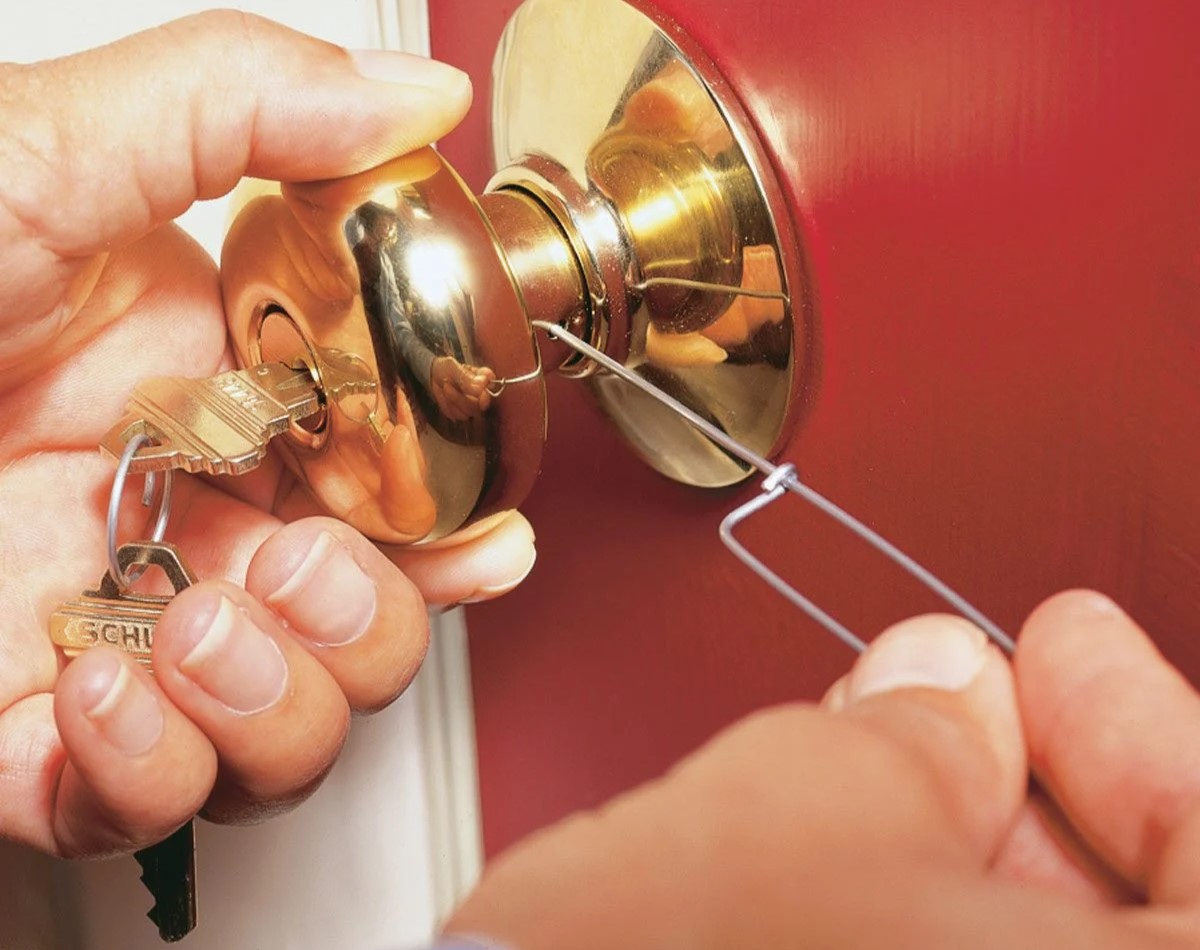
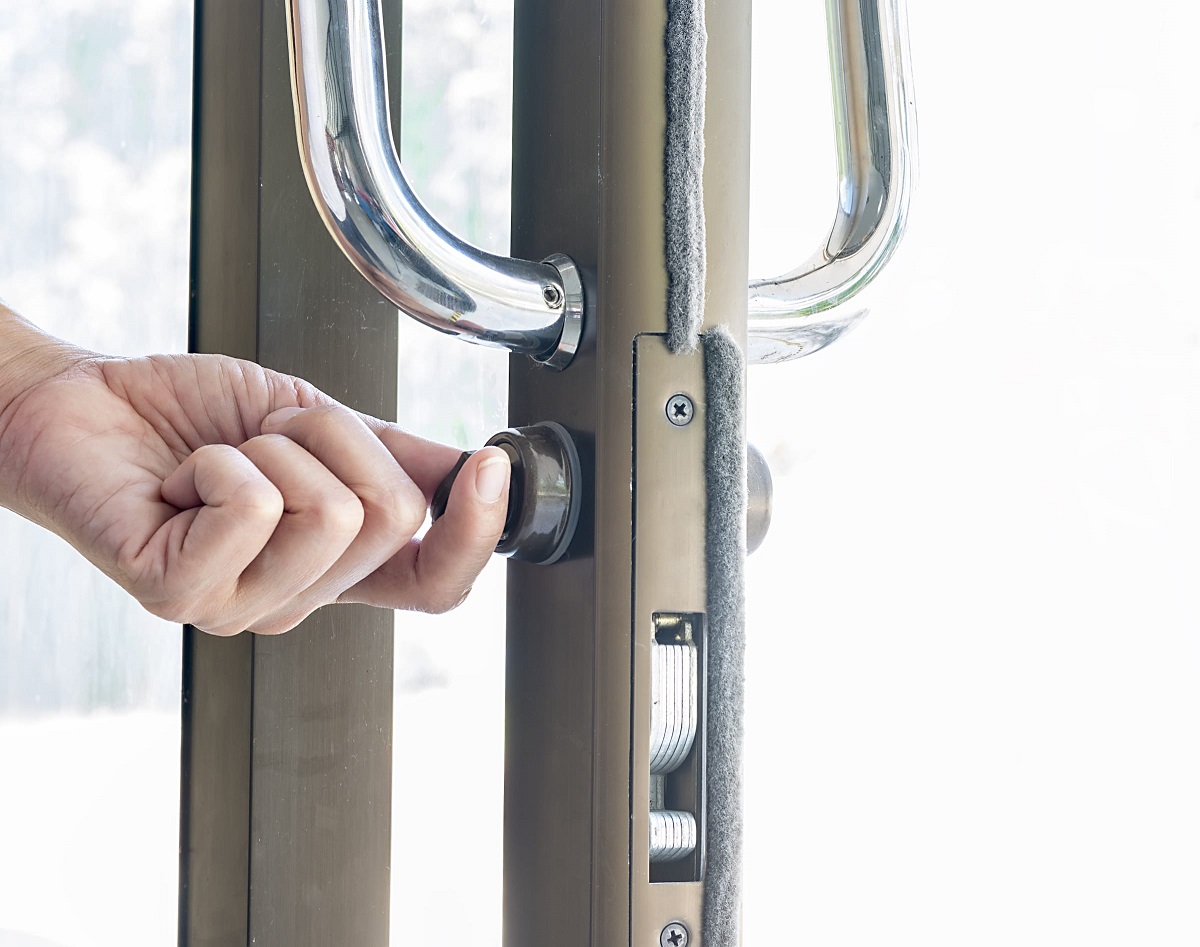
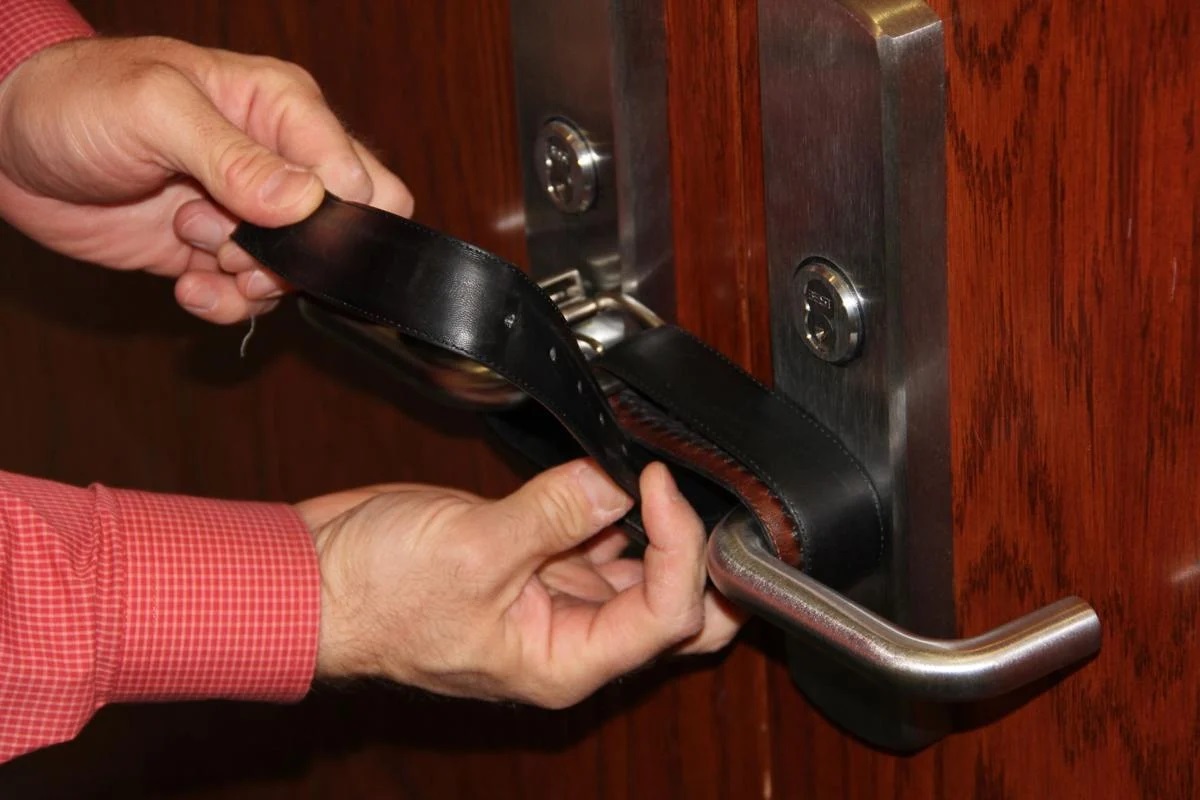
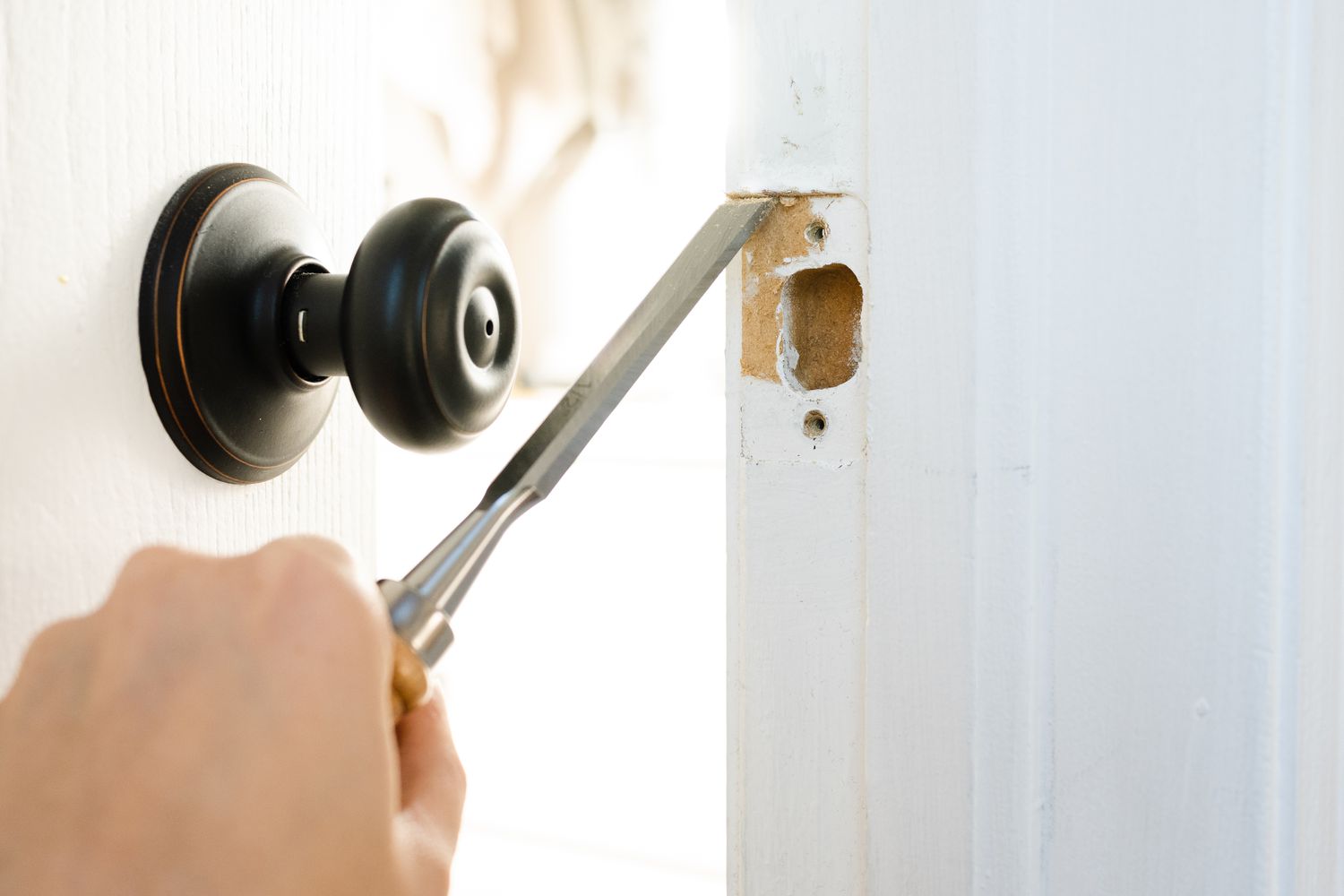
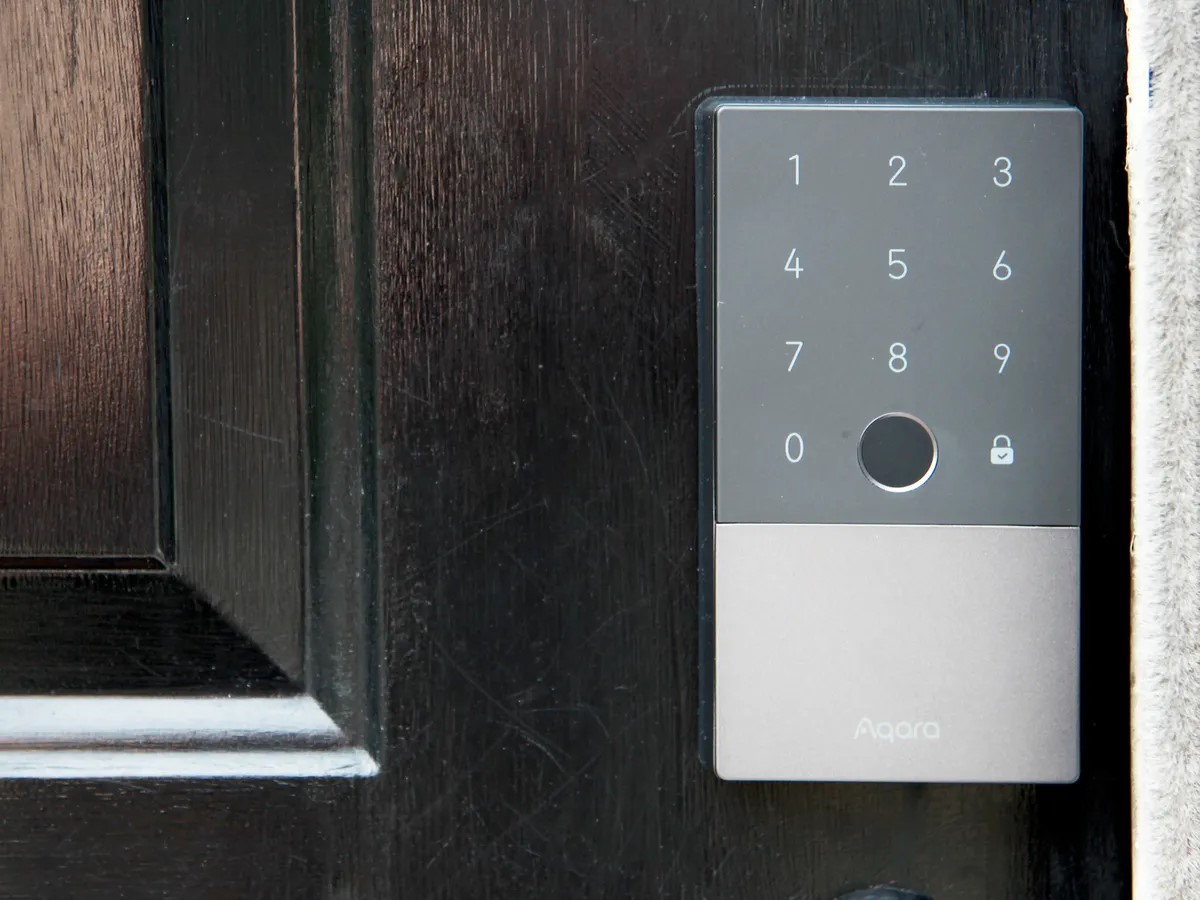
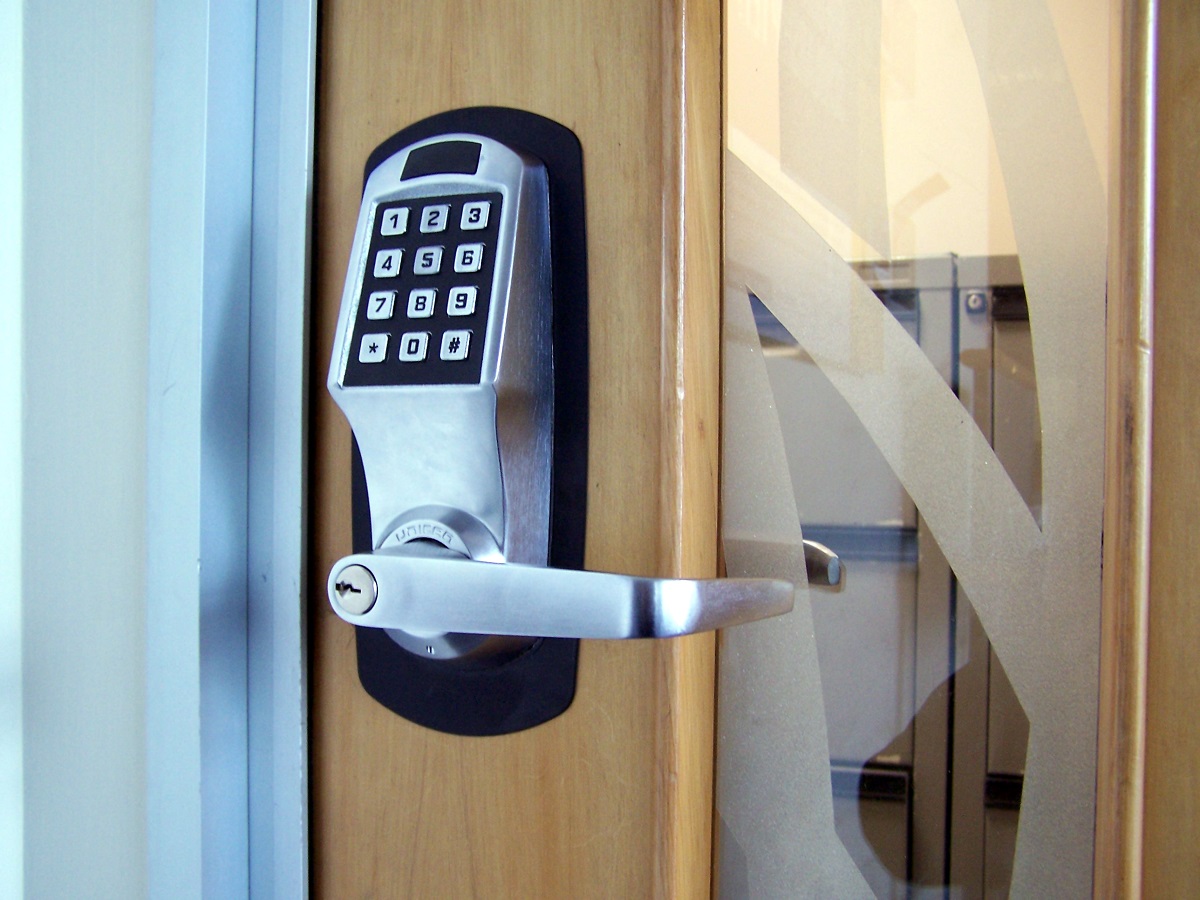
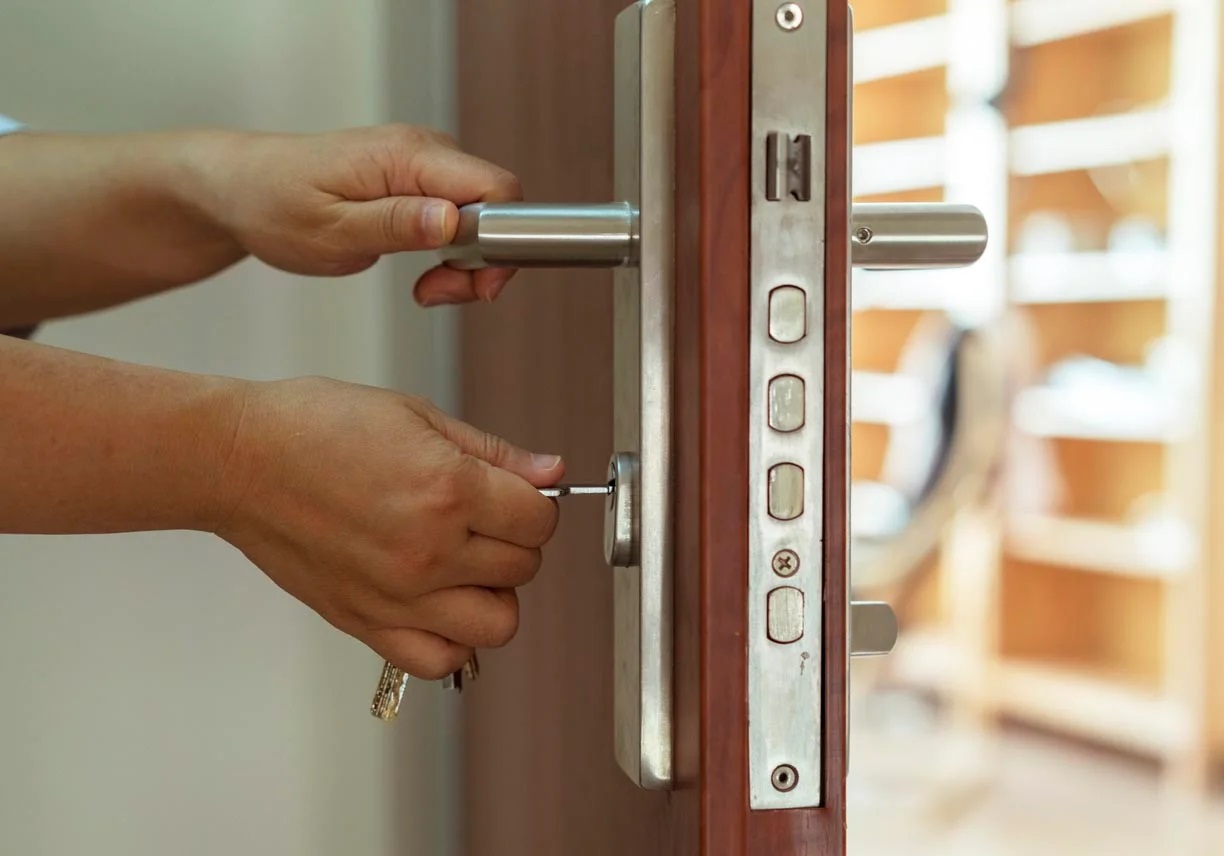

0 thoughts on “How To Lock A Latch Door”